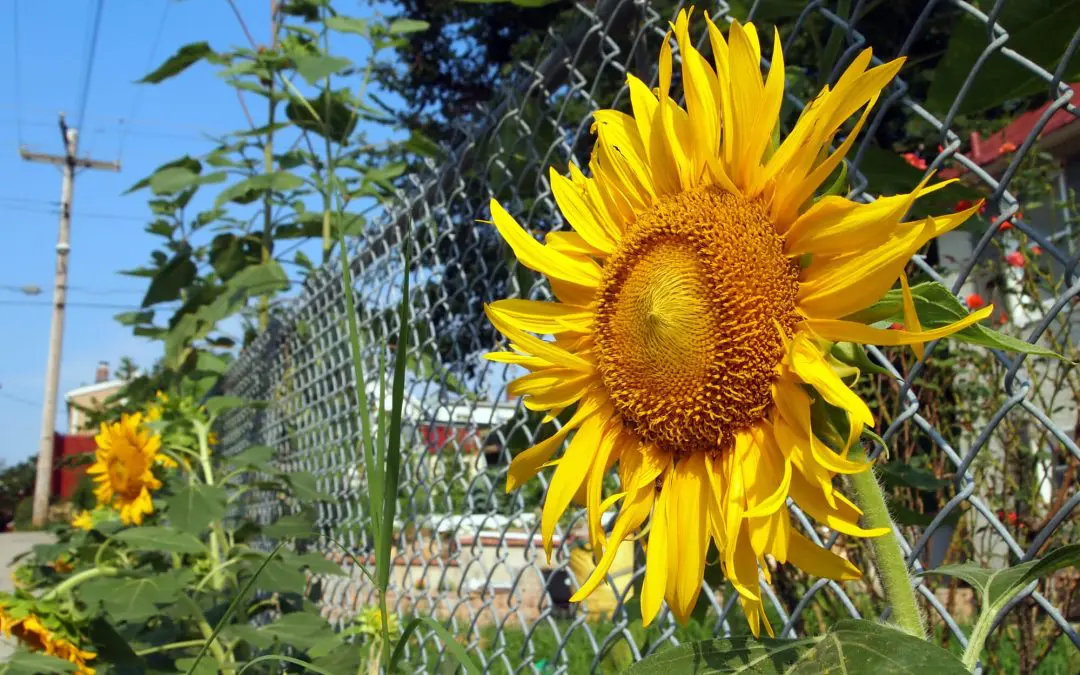A fence can be a game-changer for your property. Whether you’re looking for privacy, security, or just a way to keep the dog from running off, the right fencing material makes all the difference. With so many options available, it’s important to understand what each type offers before making a decision. Let’s take a look at some of the most popular fencing materials and what they bring to the table.
Wood Fencing Materials
Wood fences are a classic choice that never goes out of style. They provide a warm, natural look that blends well with any landscape. Depending on the type of wood you choose, they can be highly durable and offer excellent privacy. Cedar and redwood are popular options because they resist rot and insect damage better than other types of wood. Pine is a more affordable option but usually requires pressure treatment to improve longevity.
One downside to wood fencing is maintenance. It needs to be stained or painted regularly to protect it from the elements. If left untreated, wood can warp, crack, or rot over time. That said, with proper care, a wood fence can last 15 to 20 years or more.
Vinyl Fencing
If you love the look of wood but hate the upkeep, vinyl fencing is a suitable alternative. It’s made from PVC, making it resistant to rot, pests, and weather damage. Vinyl fences are available in a variety of colors and styles, including options that mimic the look of traditional wood fences.
One of the biggest advantages of vinyl fencing is its low maintenance. It doesn’t need to be painted or stained, and a simple rinse with a hose is usually enough to keep it looking fresh. However, it can be more expensive upfront compared to wood, and extreme temperatures can cause it to become brittle over time.
Chain Link Fencing Materials
Chain-link fences are among the most affordable and practical options. While they may not offer much privacy, they do provide security and durability. These fences are made from galvanized or coated steel wire, which makes them resistant to rust and weather damage.
Because they are so durable, chain link fences are often used for security purposes around homes, schools, and businesses. If privacy is a concern, you can always add slats or grow climbing plants along the fence to provide some coverage. They don’t offer the same aesthetic appeal as other fencing materials, but if functionality is your top priority, chain link is hard to beat.
Aluminum Fencing
Aluminum fencing is an elegant and durable choice that works well for both residential and commercial properties. It’s often used as an alternative to wrought iron because it provides a similar look without the high maintenance. Unlike iron, aluminum won’t rust, making it a great option for areas with high humidity or frequent rain.
While aluminum fences are strong and long-lasting, they don’t provide much privacy since they’re usually designed with open pickets. They’re a popular choice for decorative purposes and are often used around pools or gardens. They also tend to be more expensive than chain link or wood but require little maintenance over time.
Wrought Iron Fencing
For a timeless, high-end look, wrought iron is a top contender. These fences are known for their strength and intricate designs, adding a touch of elegance to any property. They are incredibly durable and can last for decades with proper care.
However, wrought iron fences require regular maintenance to prevent rust and corrosion. They also tend to be one of the most expensive fencing options, both in terms of materials and installation. If security and aesthetics are your main priorities and you’re willing to invest in upkeep, wrought iron is an excellent choice.
Composite Fencing
Composite fencing is a relatively new option that combines wood fibers and plastic to create a durable and low-maintenance material. It offers the look of wood without the need for frequent staining or painting. Since it’s made from recycled materials, it’s also an eco-friendly choice.
While composite fencing is resistant to rot, insects, and weather damage, it can be more expensive upfront than traditional wood. However, the long-term savings on maintenance can make it a worthwhile investment.
Choosing the right fencing material depends on your budget, style preferences, and maintenance expectations. Whether you’re going for privacy, security, or curb appeal, there’s a fencing material that fits your needs perfectly.
FAQs on Fencing Materials
What is the most durable fencing material?
Wrought iron and aluminum are among the most durable options, with wrought iron lasting for decades when properly maintained. Vinyl and composite fencing also offer long-lasting durability with minimal maintenance.
What is the best low-maintenance fence?
Vinyl and aluminum fences require the least amount of maintenance. A quick rinse with a hose is usually all it takes to keep them looking great.
What type of fence offers the most privacy?
Wood, vinyl, and composite fencing provide the best privacy options. Solid panel designs help block views and reduce noise from the outside.
Which fencing material is the most affordable?
Chain link is usually the most budget-friendly option. Depending on the type of wood used, wood fencing can also be affordable.
How long does a wood fence last?
With proper maintenance, a wood fence can last 15 to 20 years or more. Cedar and redwood tend to last longer than pine, especially if treated and maintained correctly.
TMK Inspections offers professional home inspections to customers in Southeast Pennsylvania. Contact us to request an appointment for our services.

